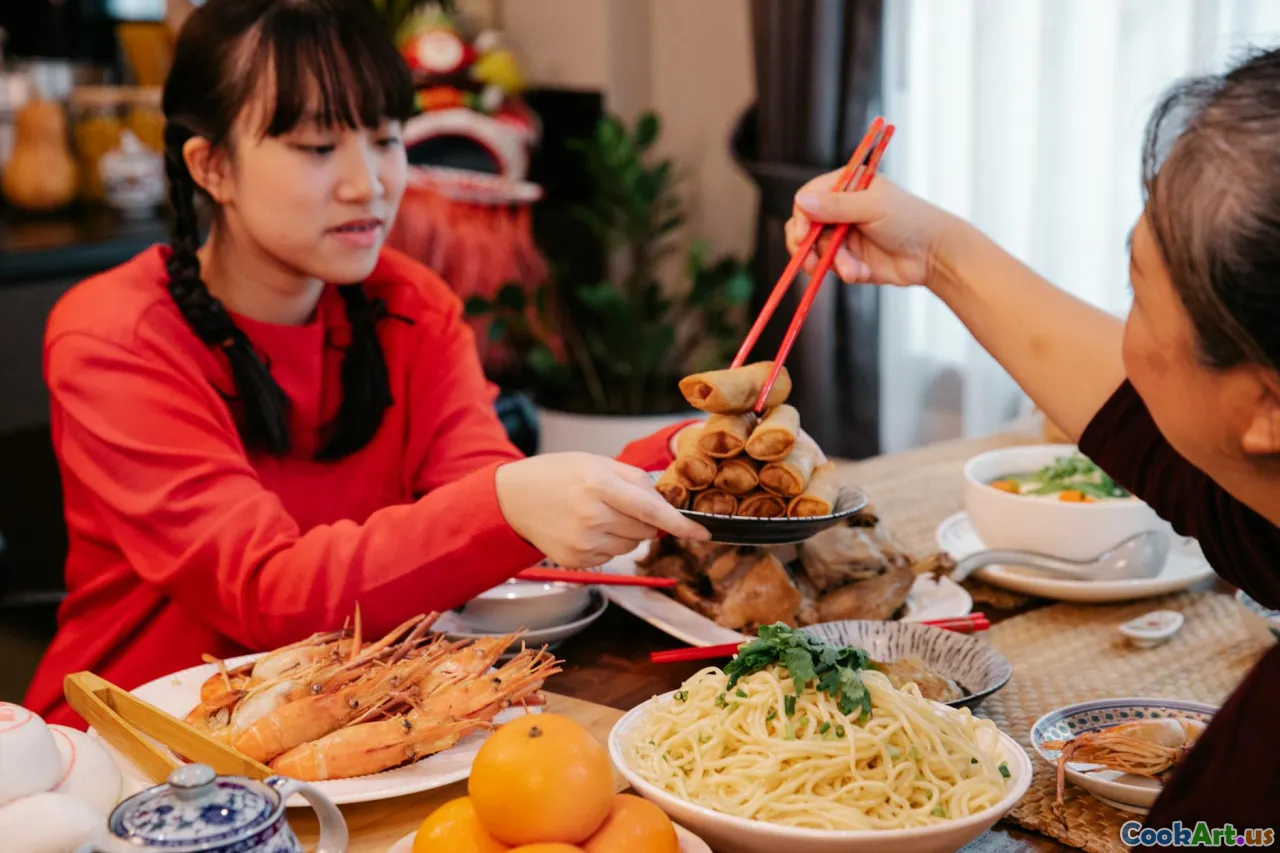Cuisines that Connect Generations
5 min read Explore how cuisines bridge generations, fostering connections through shared recipes, traditions, and memorable meals. April 14, 2025 06:01
Cuisines that Connect Generations
Food is more than sustenance; it is a powerful medium that binds families and cultures together. Across the globe, culinary traditions act as threads weaving together generations, allowing stories, customs, and flavors to be passed down through time. This article delves into how various cuisines foster connections between generations, revealing the rich tapestry of experiences, memories, and culinary techniques that define our relationships with food.
The Role of Food in Family Bonds
From the family table to community gatherings, food serves as a universal language. Many cultures have specific dishes that are prepared for family celebrations, holidays, or simply to enjoy each other’s company. For instance, in Italian households, Sunday dinners featuring homemade pasta are a cherished tradition. These meals are not just about eating; they are rituals steeped in love, laughter, and shared stories.
Case Study: The Italian Sunday Dinner
In Italy, the tradition of Sunday dinner is a time-honored practice that connects generations. Grandparents pass down their recipes for sauces, pastas, and other dishes, often teaching their grandchildren the art of cooking while sharing tales from their youth. The kitchen becomes a classroom, where the younger generation learns not only how to cook but also the history and significance of each dish.
Culinary Techniques Passed Down
Cooking techniques are often passed down through generations, creating a sense of identity and continuity. From the delicate art of sushi-making in Japan to the slow-cooked stews of West African cuisine, these methods become a way to honor the past while adapting to modern influences. Each technique carries with it the stories of ancestors who perfected them, making the act of cooking a form of tribute.
Example: Sushi-Making as a Family Tradition
In Japan, sushi-making is considered an art form. Families often gather to create sushi rolls together, with each member contributing their skills. This tradition not only teaches younger generations about the intricate techniques involved but also instills an appreciation for the ingredients and the cultural significance of sushi in Japanese society.
Recipes as Cultural Narratives
Recipes often serve as a narrative device, telling the story of a culture's history, migration, and evolution. They encapsulate the flavors of a region, influenced by local ingredients, climate, and traditions. For instance, dishes like paella in Spain or biryani in India are not merely meals; they represent the geographical and historical contexts from which they emerged.
The Evolution of Biryani
Biryani, with its rich history, is a perfect example of how food evolves alongside cultures. Originally brought to India by Persian travelers, it has transformed into numerous regional variations. Each family recipe holds a unique story, often reflecting the migration patterns of ancestors and the blending of flavors that have occurred over generations. Sharing these recipes helps keep the stories alive.
Celebrating Food Heritage
Organizations and communities around the world are now focusing on preserving food heritage. Initiatives like community cookbooks, cooking classes, and food festivals aim to celebrate and share these traditions. By doing so, they not only honor the past but also inspire younger generations to embrace their culinary heritage.
Conclusion
Cuisines that connect generations serve as more than just a means to feed the body; they nourish the spirit. They are a celebration of culture, history, and family. As we continue to share and adapt these culinary traditions, we create lasting memories that not only honor our ancestors but also pave the way for future generations. Whether it's through the preparation of a beloved family recipe or the gathering around a dinner table, food remains a vital link that transcends time, connecting us all.









